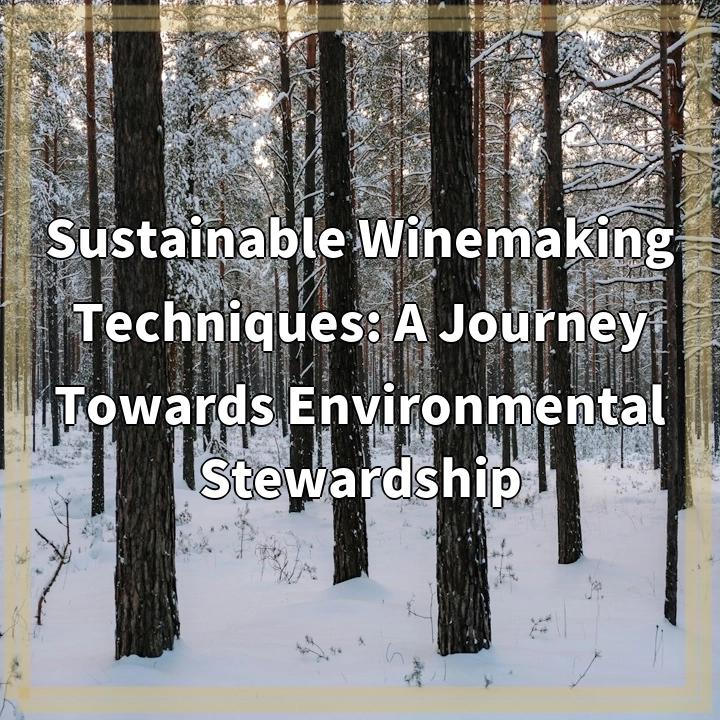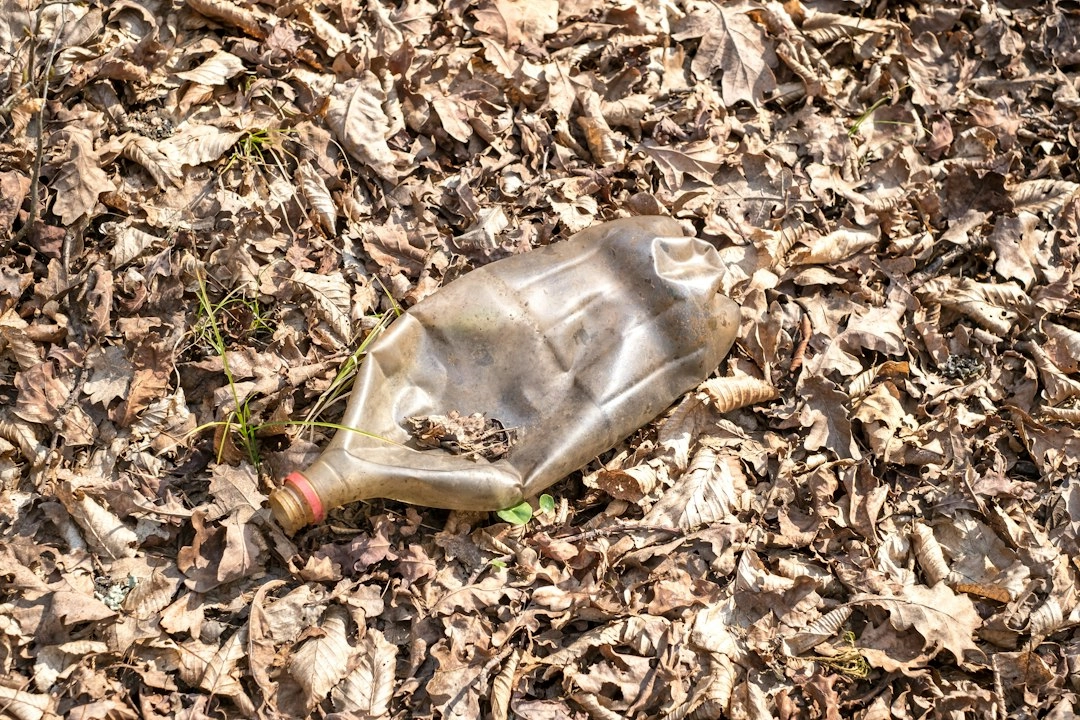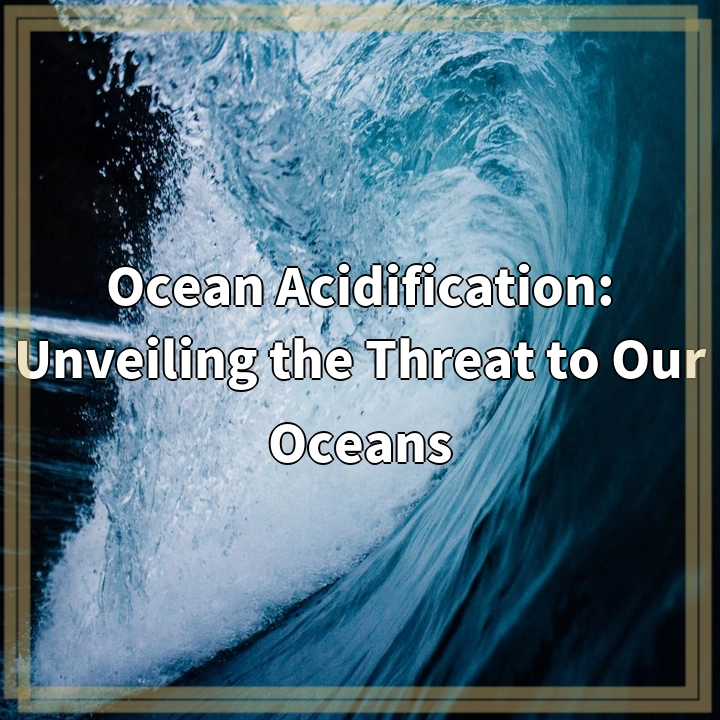
What is Sustainable Winemaking Techniques: A Journey Towards Environmental Stewardship?
Sustainable winemaking techniques refer to the practices and processes used in the production of wine that prioritize environmental responsibility and long-term sustainability. It involves taking into account the environmental impact of vineyard management, winemaking processes, and packaging, with the aim of reducing waste, conserving resources, and preserving the natural ecosystem.
Real-World Problems Associated with Sustainable Winemaking Techniques
While sustainable winemaking techniques have gained recognition and popularity, there are still several challenges and obstacles that winemakers face in implementing and maintaining these practices. Here are some key real-world problems associated with sustainable winemaking techniques:
1. Climate Change
Climate change poses a significant challenge to sustainable winemaking. Rising temperatures, changing weather patterns, and unpredictable growing seasons can affect grape vine health and yield. Winemakers must adapt to these changes by implementing strategies such as shade management, reducing water usage, and implementing innovative irrigation methods to ensure vine health and quality.
2. Pesticide Reduction
Reducing pesticide use is a crucial aspect of sustainable winemaking. However, it can be challenging for winemakers to find effective alternatives to traditional pesticides while maintaining vineyard health and combating pests and diseases. Integrated pest management (IPM) approaches, such as using beneficial insects and natural predators, can help minimize pesticide usage while protecting the vineyard ecosystem.
3. Energy Consumption
Energy consumption in winemaking processes, such as grape harvesting, fermentation, and bottling, can have a significant environmental impact. Winemakers need to explore energy-efficient practices and invest in renewable energy sources, such as solar panels and geothermal systems. Additionally, optimizing cellar operations and using advanced technology can help reduce energy consumption throughout the winemaking process.
4. Packaging and Waste Management
Packaging and waste management present challenges in sustainable winemaking. Traditionally, wine bottles are made from heavy glass, resulting in a significant carbon footprint during production and transportation. Sustainable alternatives, such as lightweight glass, recycled materials, or alternative packaging, need to be considered. Additionally, implementing efficient waste management practices, such as recycling and composting, helps reduce the environmental impact of winery operations.
By addressing these real-world problems, winemakers can strive towards a more sustainable and environmentally responsible approach. With continuous innovation and collaboration within the wine industry, the journey towards environmental stewardship through sustainable winemaking techniques can be achieved.

Summary: Solutions to Real-World Problems in Sustainable Winemaking Techniques
Sustainable winemaking faces various challenges related to climate change, pesticide reduction, energy consumption, and packaging waste. However, there are several solutions that can help address these problems and promote environmental stewardship in the wine industry.
1. Climate Change Solutions
To overcome the challenges posed by climate change, winemakers can implement strategies such as vineyard shade management, reduce water usage through efficient irrigation practices, and utilize advanced weather monitoring technology to make informed decisions about harvest and vineyard maintenance.
2. Pesticide Reduction Solutions
Sustainable pest management techniques, such as integrated pest management (IPM), can help reduce pesticide usage. Winemakers can introduce beneficial insects, implement biological controls, and use natural predators to combat pests while preserving the vineyard ecosystem.
3. Energy Consumption Solutions
Winemakers can reduce energy consumption and promote sustainability by using energy-efficient machinery, adopting renewable energy sources like solar panels and geothermal systems, and optimizing cellar operations through technological advancements and process improvements.
4. Packaging and Waste Management Solutions
To address the environmental impact of packaging, winemakers can explore alternatives such as lightweight glass bottles, recycled materials, or utilize alternative packaging options like cans or bag-in-box. Implementing efficient waste management practices, such as recycling programs and composting, can also minimize the environmental footprint of winery operations.
By applying these solutions, winemakers can progress towards a more sustainable and environmentally responsible approach in winemaking. By continuously innovating and collaborating, the wine industry can play an essential role in protecting the environment and promoting long-term sustainability.















